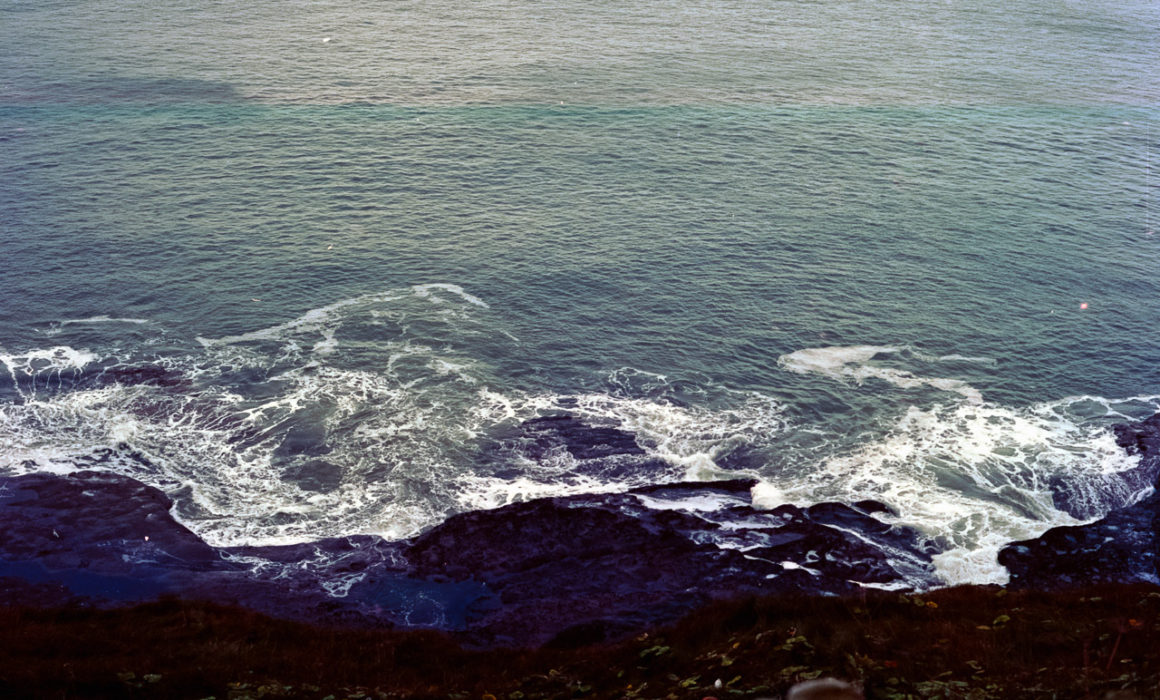Coast to Coast | October | North Yorkshire photographic artist
As my project on The Strandline has evolved, I’ve been doing a lot of research into other artists and creatives who are drawn to the sea but also to wild places as well as looking at how our connection to place is informed by our memories and associations with a place. These layers all overlap to give us a unique perspective on places that mean something to us.
This month I’ve been exploring the dialogue between land and sea – inspired by a quote in Robert MacFarlane’s Wild Places (an awesome book that I highly recommend reading cover to cover) in which he talks about the dialogue between liquid and solid. That conversation on the foreshore takes place twice daily where land is reclaimed or relinquished by the sea.
Focusing on this dialogue I’ve been questioning the concept of time and the constant and yet inconstant nature of the sea. Tides dictated by the pull of the moon, yet timeless and in constant motion, almost impossible to capture.
October saw me working on some night photography with long exposures with a large format camera at Sandsend in North Yorkshire, just north of Whitby; walking along Filey Brigg with a medium format camera, where the land jutts out into the sea imposing itself into the water; capturing details left behind by the tide on my mobile phone, with strandline finds at Llanstefan in South Wales; and fully immersing myself in the water with underwater housing, as the tide turned at Hunmanby Gap.
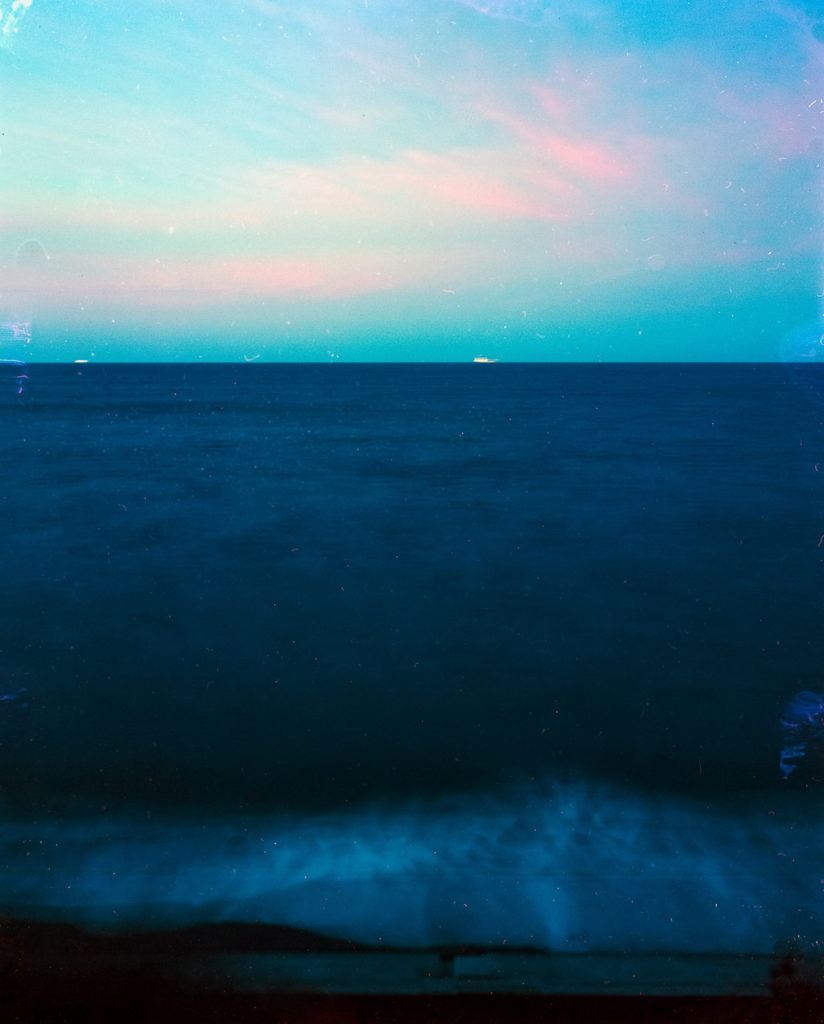
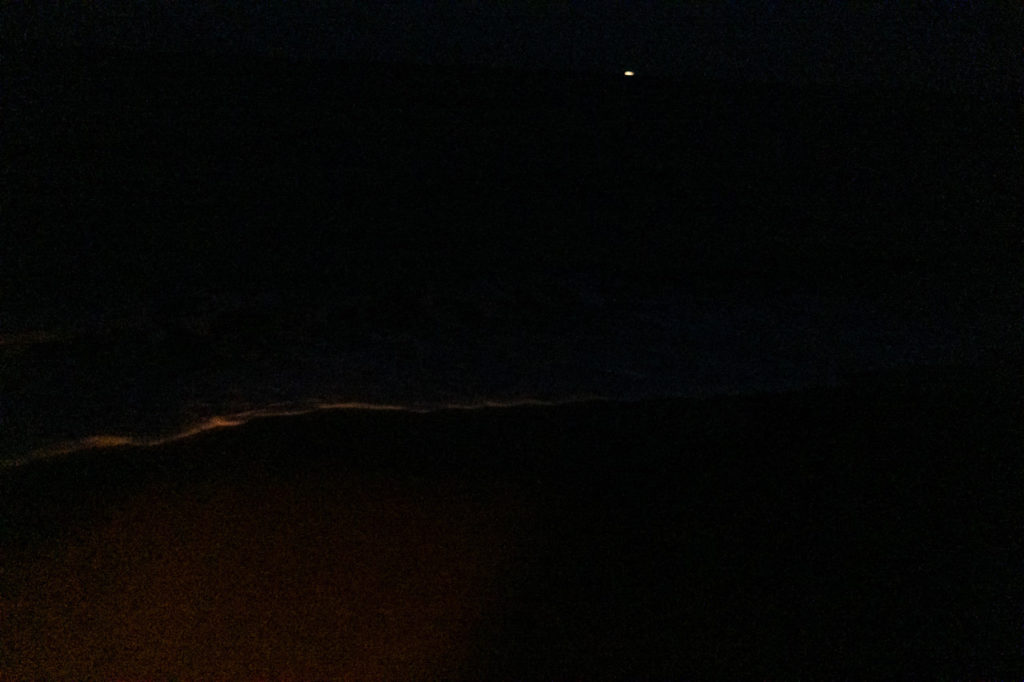
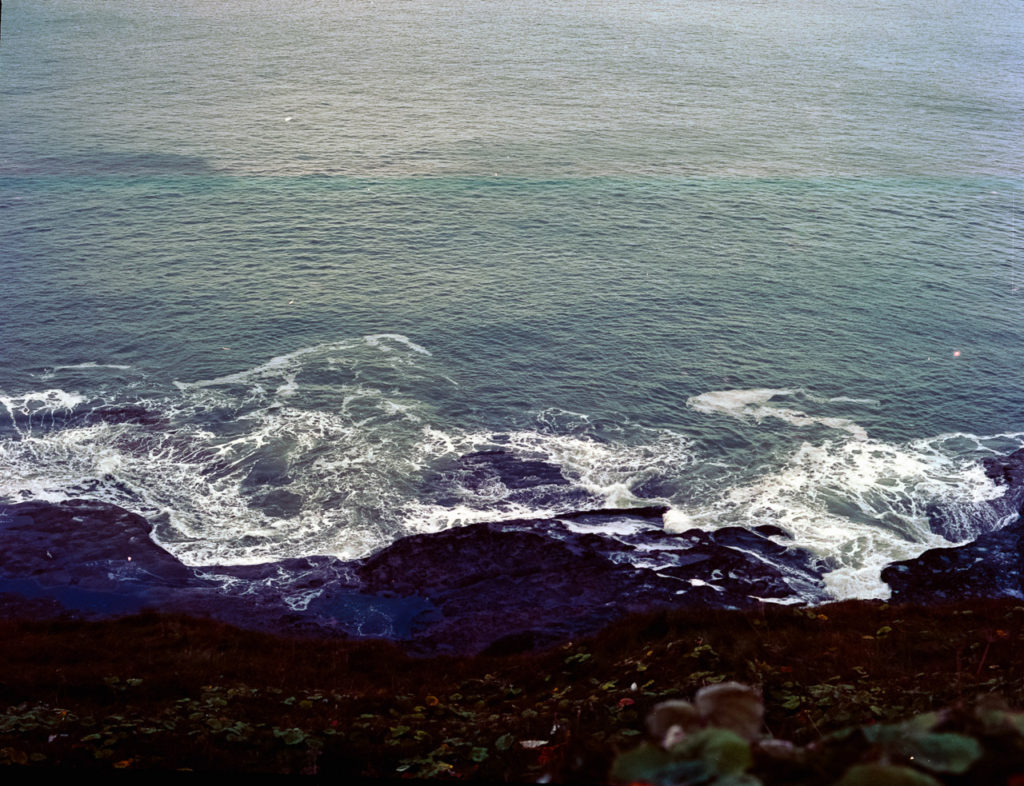
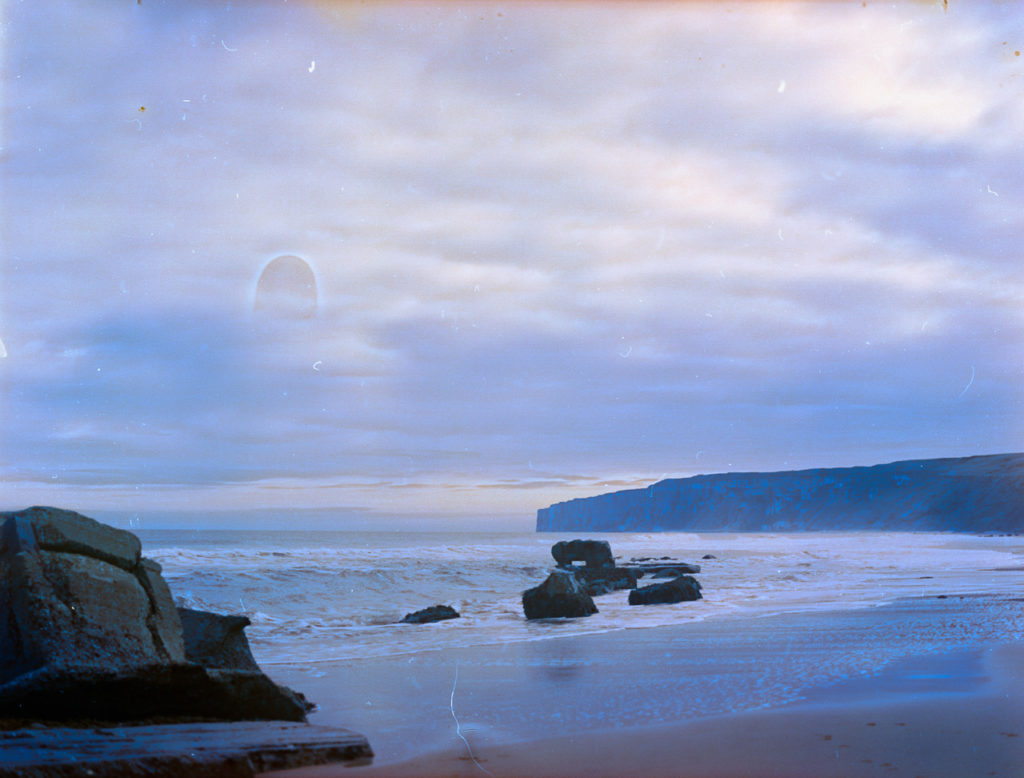
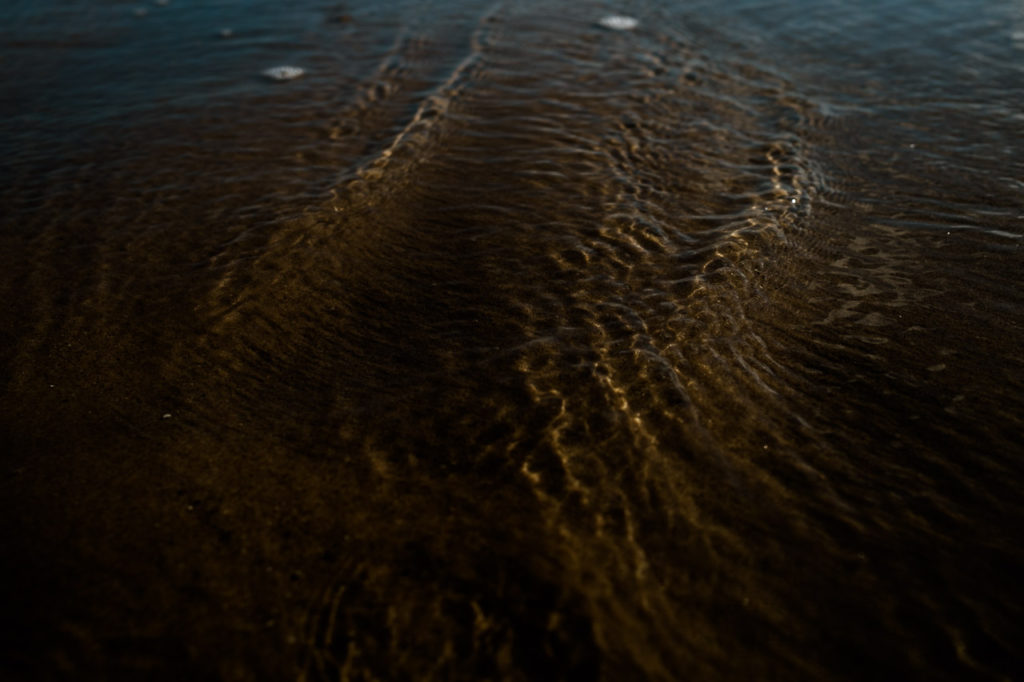
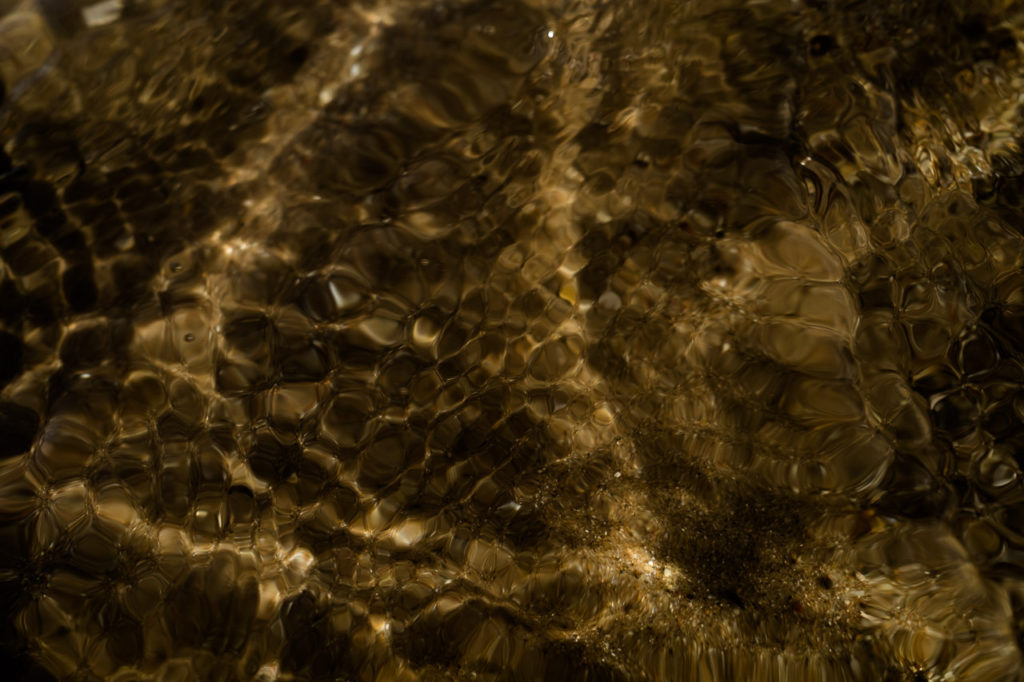
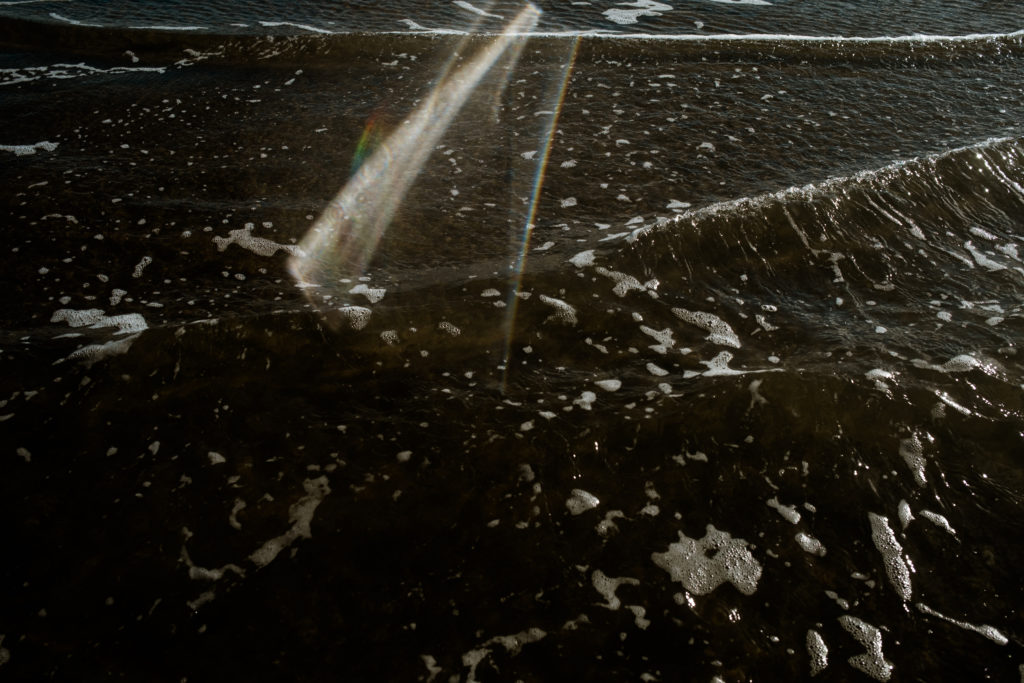
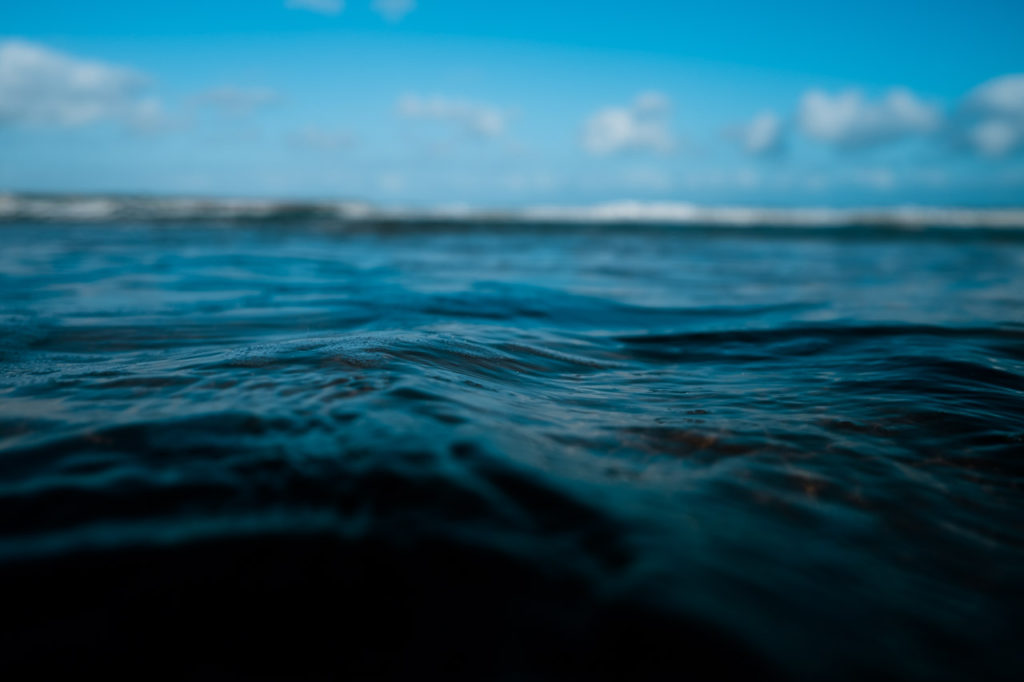
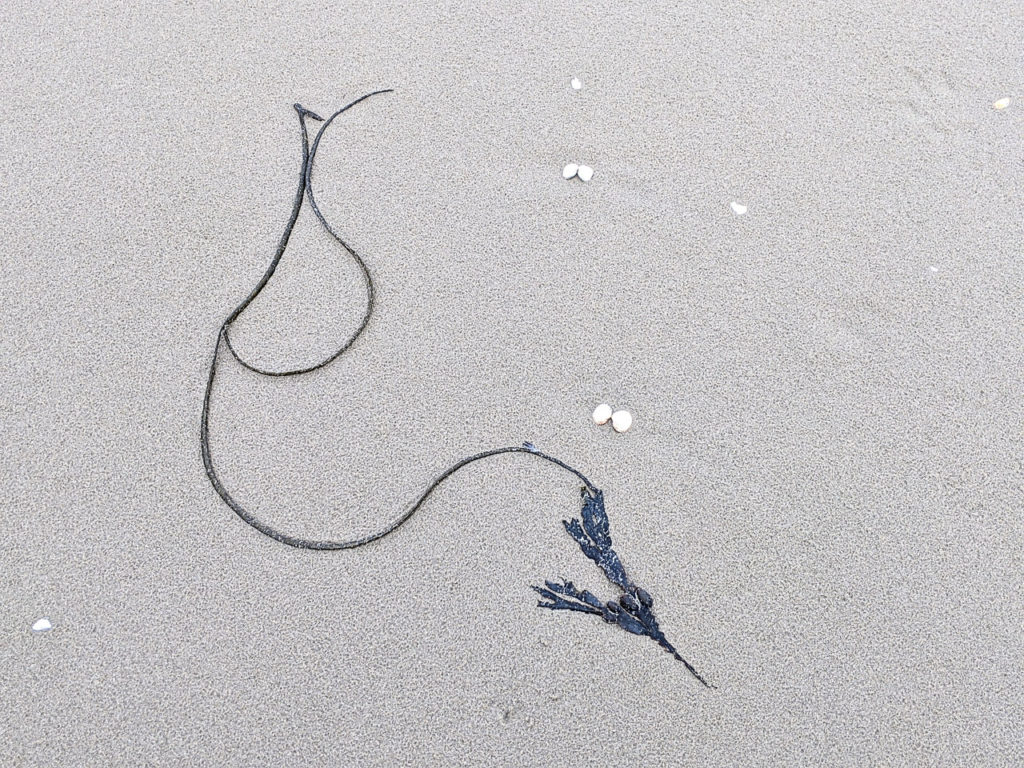
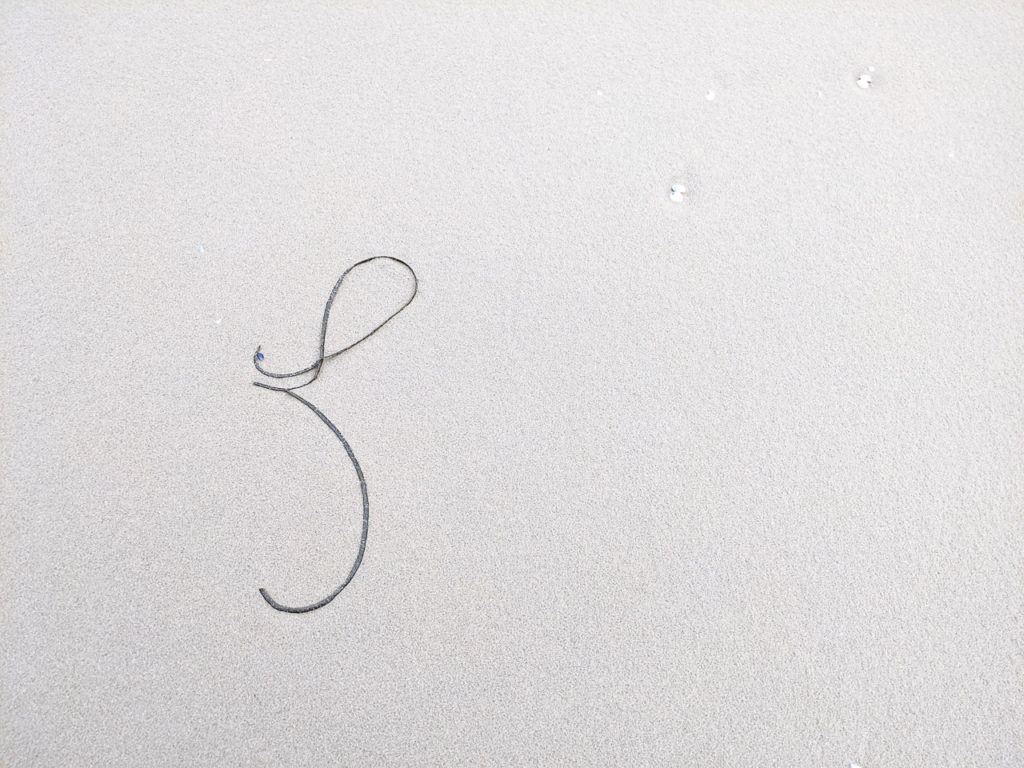
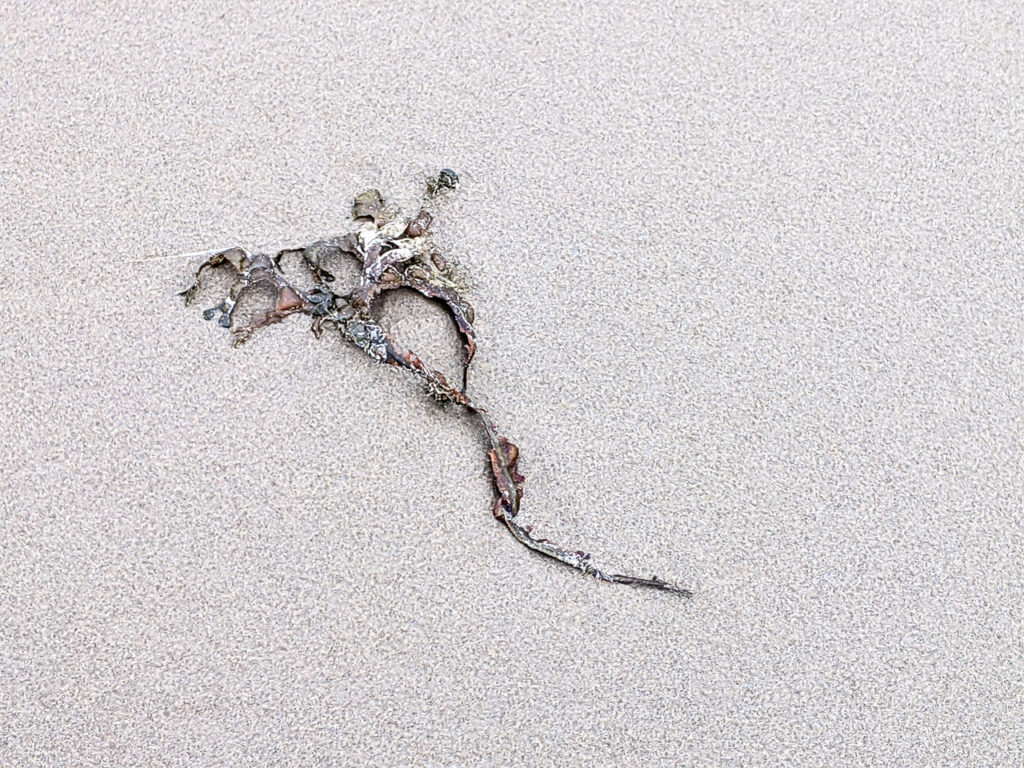
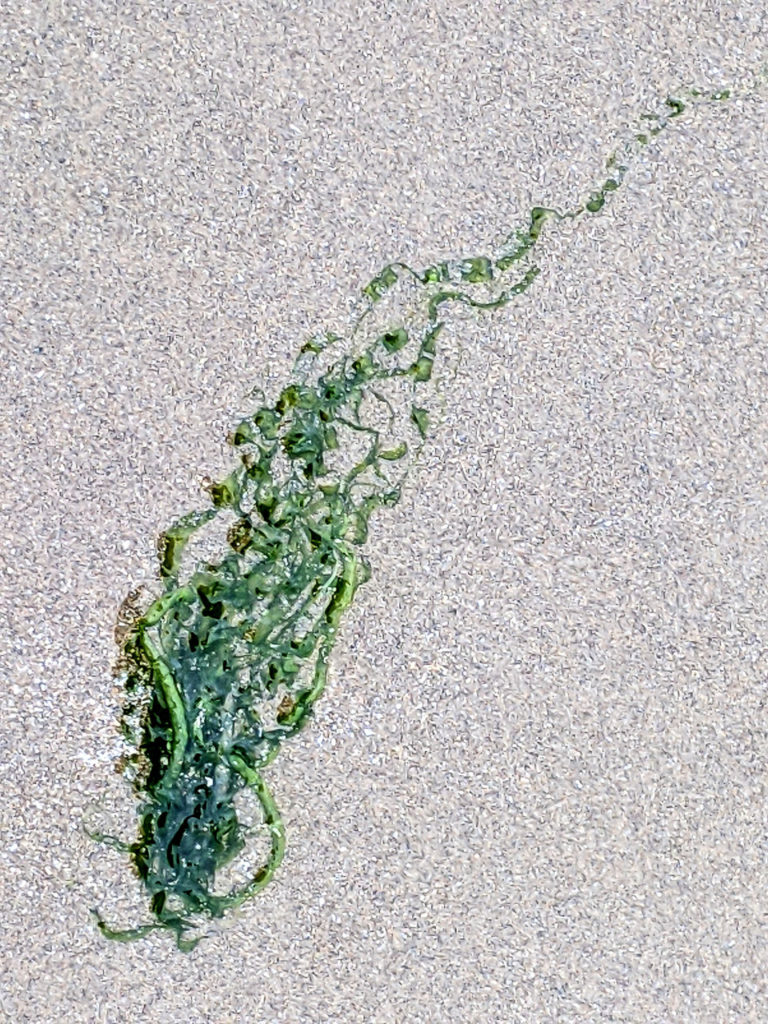
Welcome to our Coast to Coast loop. We are a group of photographers from around the world, from timezones as far flung as Australia to Canada and in between, each with a different seascape. Coast to Coast aims to document our changing sea views and perspectives – both literal and philosophical – of what the sea means to us, month to month through the changing seasons. To follow the loop go to the talented Jo Haycock

